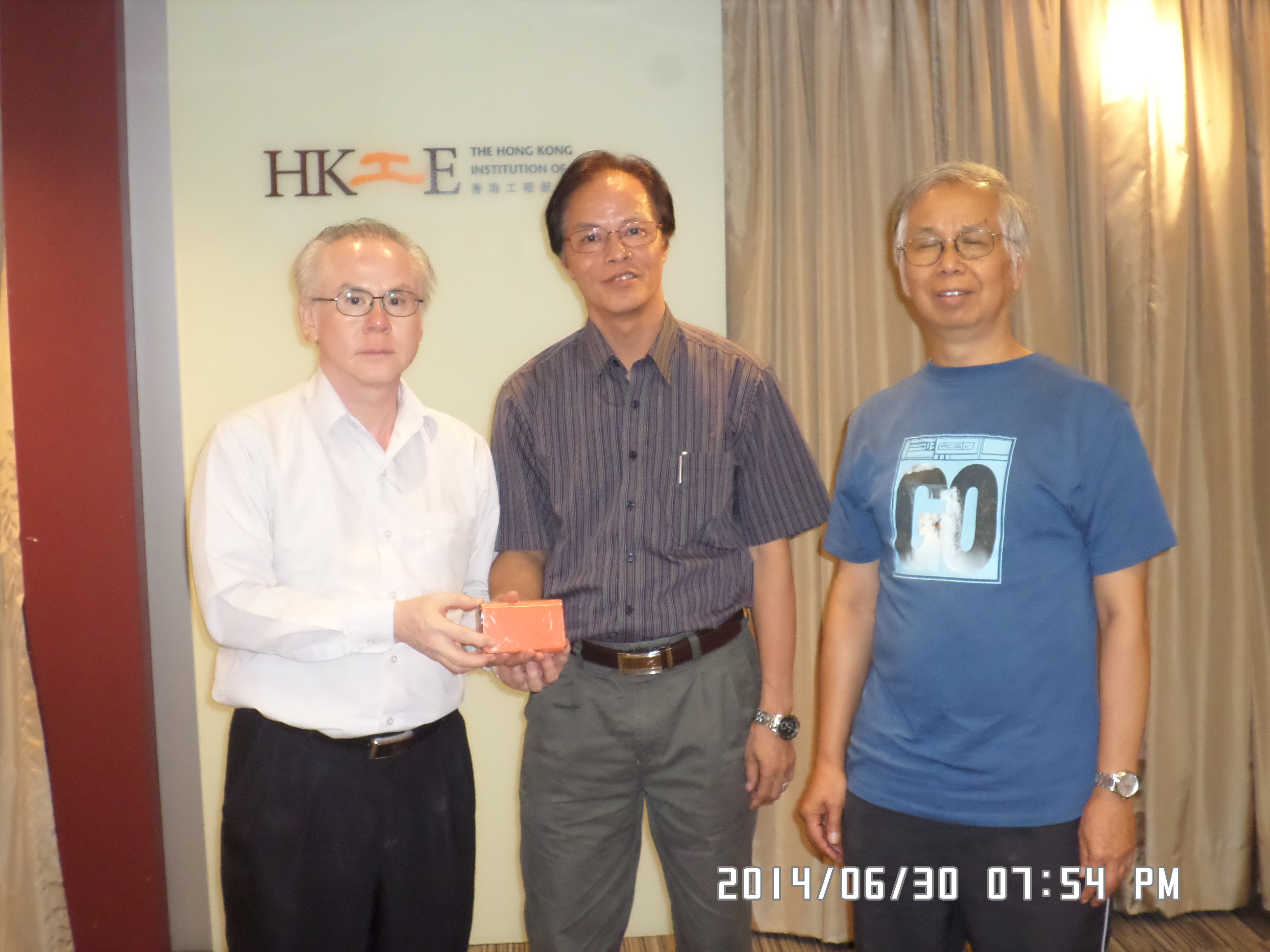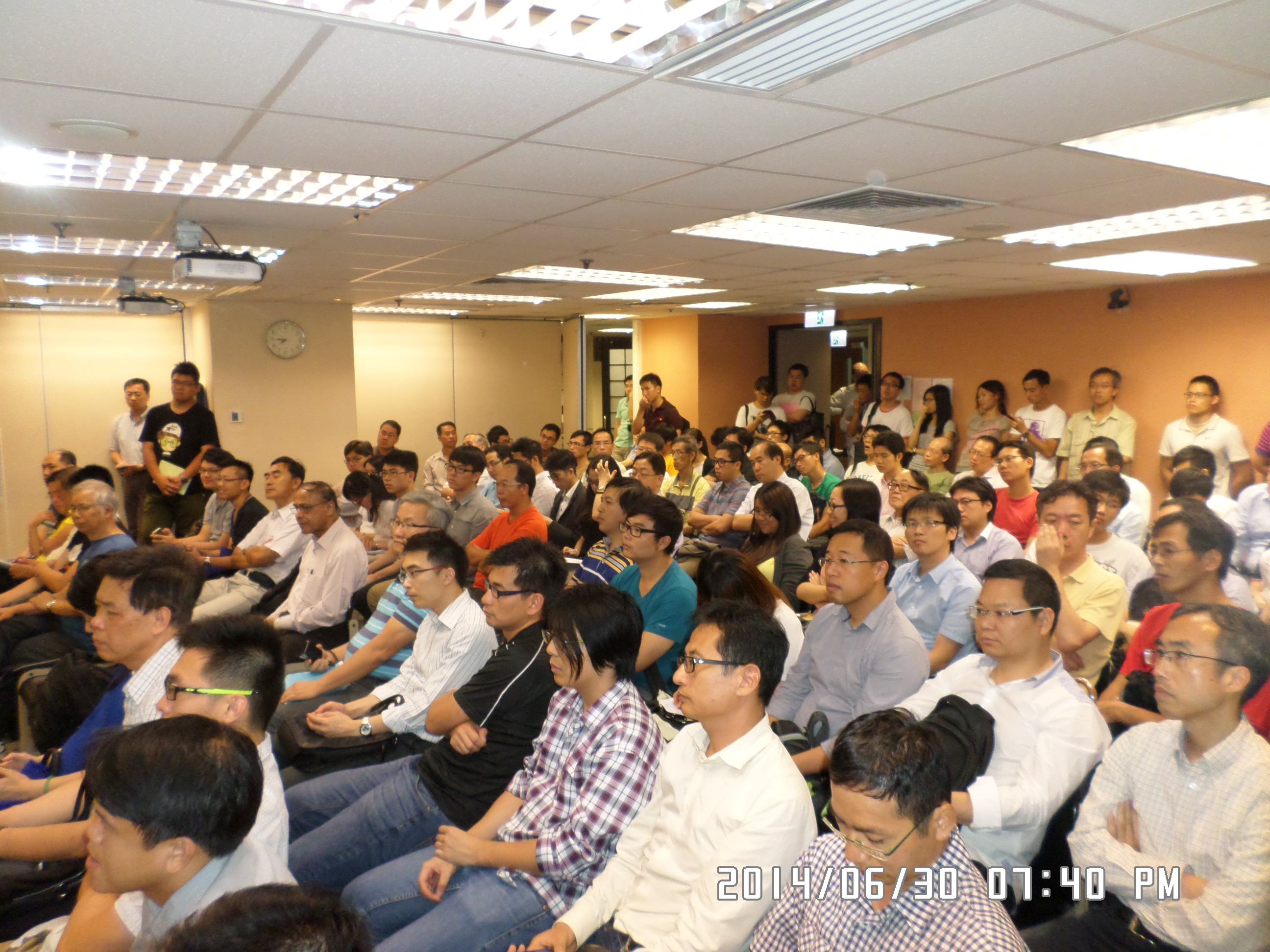ReportTechnical seminar on Welding
of Stainless Steel (Module No.4)
By LAM Chi Sing
A technical seminar on welding of
stainless steel was conducted on 30 June 2014. The speaker Mr. Wong Kum Chuen-
Technical Consultant of Castco Testing Centre Ltd. delivered that stainless
steel contains chromium (at least 12 %) and nickels, it is high corrosion
resistance and thermal resistance but low thermal conductivity. Stainless steel
can be classified as austenitic, ferritic, martenitic and duplex.
For austenitic type, it is a Cr-Ni alloy, its composition contains 16-23%
Cr, 4.5-14% Ni and <0.06% carbon, other alloys are Mn, Si, Mo, Nb /Ti and
N2. Addition of either Ti (321) or Nb (347) inhibits the formation of Cr carbides,
thus improver corrosion resistance. It is excellent ductility, toughness, non
-magnetic and FCC crystal structure. It has a family series, the common uses
are 304, 304L, 316 and 316L; it is weldable but heat input should keep low to
reduce risk of distortion and cracking, consumable fillers should be slighted
over-alloyed with respect to parent metal. It is susceptible to hard and
brittle (inter-metallic precipitation (sigma phase)), hot short crack,
inter-granular corrosion carbide precipitation/sensitization, stress corrosion
cracking (SCC).
For ferritic stainless steel, it requires sufficient Cr(10.5 - 30%) and low C(0.08%), with addition of Mo, Al, Ti /
Nb. It inhibits the formation of austenitic on heating.it is good resistance to
stress-corrosion cracking(SCC) and pitting and crevice corrosion in chloride environment,
but it is susceptible to cold cracking, hydrogen induced cracking, inter-granular
corrosion/carbide precipitation/sensitization.
For martensitic stainless steel, it contains 13-17% Cr; with up to
4% Ni and 1% C, addition of Mo, V, Nb and W improve elevated temperature
properties. It is less corrosion and susceptibility of cold crackling.
For duplex stainless steel, it has two phases structure-austenitic
and ferritic, it provides optimum corrosive resistance and SCC chloride
environment.
When stainless steel connects to other steel, mild steel is buttered
with stainless steel “E309” and then filled by suitable grade. Different type
of filler metal for welding should be selected and considered.
Other metal effects on alloying elements include C; Cr; Ni; Mo; Mn;
Ti and Nb, and N.
A number of standards and codes of practice related to weldable
different classification of stainless steel were also clearly stated.
The seminar ended with interactive question-and answer session.
On behalf of the Materials Division and participants, we thank Mr.
Wong delivered four technical welding talks to our members and let us have more
technical information on welding technique.

Photo I: Mr. KC Wong (Middle) receiving souvenir from Ir CS Lam (L)
and Ir Dr WK Fung (R)

Photo II –Full house audience listening the talk.
Click here to download the Prentation file for this event.